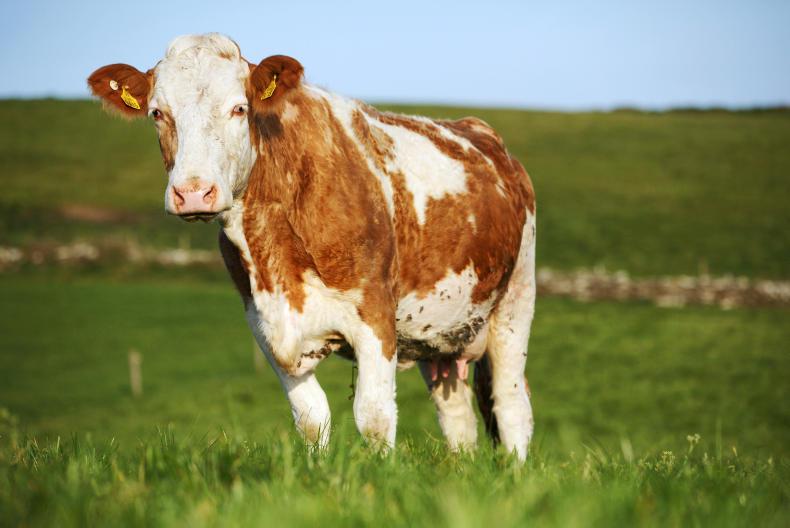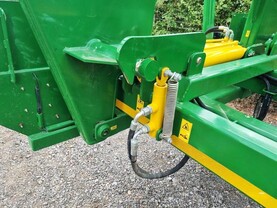If you were told at Christmas that farm organisation meetings and marts would be online within six months, you would have laughed it off. COVID-19 has forced change upon us and as things open up, I believe a combination of the old and the new will continue. Subject to broadband speeds, working from home is now more possible than would have been considered before.
Between Brexit and COVID-19, I fear beef schemes will become more common. Hopefully, the current version will be less restrictive than BEAM was. You’d be wondering where the catch is going to come from though. These schemes are rarely straightforward.
Grass
To keep the grass situation comfortable, two paddocks we had earmarked for baling are now being grazed instead. They’ll be grazed as tight as possible now and we’ll skip the next grazing on them and bale in July instead. Time has taught us that April and July are the tricky months to manage grass on this coastal block.
Last week saw the 2020 calving season finally draw to a close. There was a positive in the fact that 13 of the last 14 calves were bulls, so they should form a nice group for the next year.
From experience, I’ve found that the heifers born later in the calving period are always on the back foot and are out of contention for use as replacements, whereas bulls tend to perform better. Half the calves were polled, which kept things simple and the average birth weight of 41kg was consistent with other years.
There’s a lot of wildlife cover on farms around the country, yet the EU policy to date has seen farmers penalised for having it
The length of the calving spread was longer than I’d like but as drawn out as it was, it was still completed in a shorter time than it took between the dissolution of the 32nd Dáil back in January and a new Government being formed.
It will be interesting to see how the Programme for Government plays out. Much of what is included from an agricultural view has been signalled for a while and a good proportion of it seems to be along the lines of the next CAP.
The talk of a biodiversity survey is interesting. With data playing a bigger part in how we farm, getting a baseline on what levels of flora and fauna are on-farm would be a good start. The resulting percentages of farm acreage given over to nature could surprise people.
With talk of an enhanced environmental scheme also in the mix, there is an opportunity to create simple solutions to biodiversity loss.
There’s a lot of wildlife cover on farms around the country, yet the EU policy to date has seen farmers penalised for having it.
Putting a monetary value on what is a public good and paying farmers for this ground would offer a simple solution.
I was going to say you’d kill two birds with the one stone but, given the new emphasis on biodiversity, I suppose it’s better to leave the birds alone.






 This is a subscriber-only article
This is a subscriber-only article










SHARING OPTIONS: